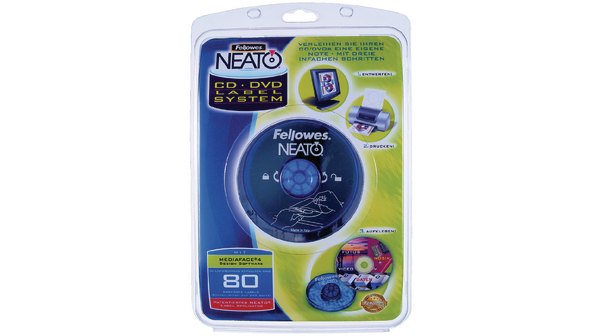

The extracellular matrix is the most important structural component of the aortic wall, with extracellular matrix proteins such as elastin or collagen providing the tensile strength of the aortic wall, enabling it to with- stand the intraluminal hemodynamic forces. Currently, there is no biomarker available for the characterization of abdominal aortic aneurysms prior to rupture. Thus, the aim of our study it to establish a new therapy with blocking CXCL2 signal way induced angiogenesis in gliomas and to analyze the role of this pathway in recurrent GBM.Īssessment of Abdominal Aortic Aneurysm Rupture Risk with Novel Molecular Imaging Techniques in an Experimental Mouse Model Project DescriptionĪbdominal aortic aneurysms pose an increasing burden to the healthcare system, accounting for a rising number of deaths. Due to high overexpression as well as indications in the literature the potential contribution of CXCL2 to glioma angiogenesis awakened our interest at most. We have also discovered a potential new feature of microglia/macrophages in a glioblastoma mouse model by secreting different chemokines.

We observed in our glioma mouse model that depletion of microglia/ macrophages resulted in diminished angiogenesis and reduced tumor volumes. We have already published that resident microglia are the main source of brain tumor mononuclear cells, thus these cells represent a promising novel therapeutic target for patients suffering from this tumor. Therefore, these immune cells could represent an effective therapeutic target. proposed a direct correlation between the grade of gliomas and the number of tumor-associated microglia and macrophages. Beside the strong vascularization of gliomas, a high accumulation of microglia/macrophages was shown. However, the therapeutic effect of antiangiogenic treatments has been so far limited by diverse resistance mechanisms. High angiogenesis of GBM is one of the causes of high malignancy, thus angiogenesis represents one of the promising therapeutic targets. Thus, novel and innovative therapeutic approaches are required to prolong survival and improve the quality of life for patients with malignant astroglial tumors. Despite intensive research in recent decades on new therapeutic strategies no considerable advance in glioma treatment was achieved. Glioblastoma multiforme (GBM) is the most common and most malignant astroglial brain tumor with an overall median survival of around 15 months. Inhibition of the CXCL2/CXCR2 Signaling Pathway in Glioblastoma Multiforme as a Therapeutic Option Project Description


 0 kommentar(er)
0 kommentar(er)
